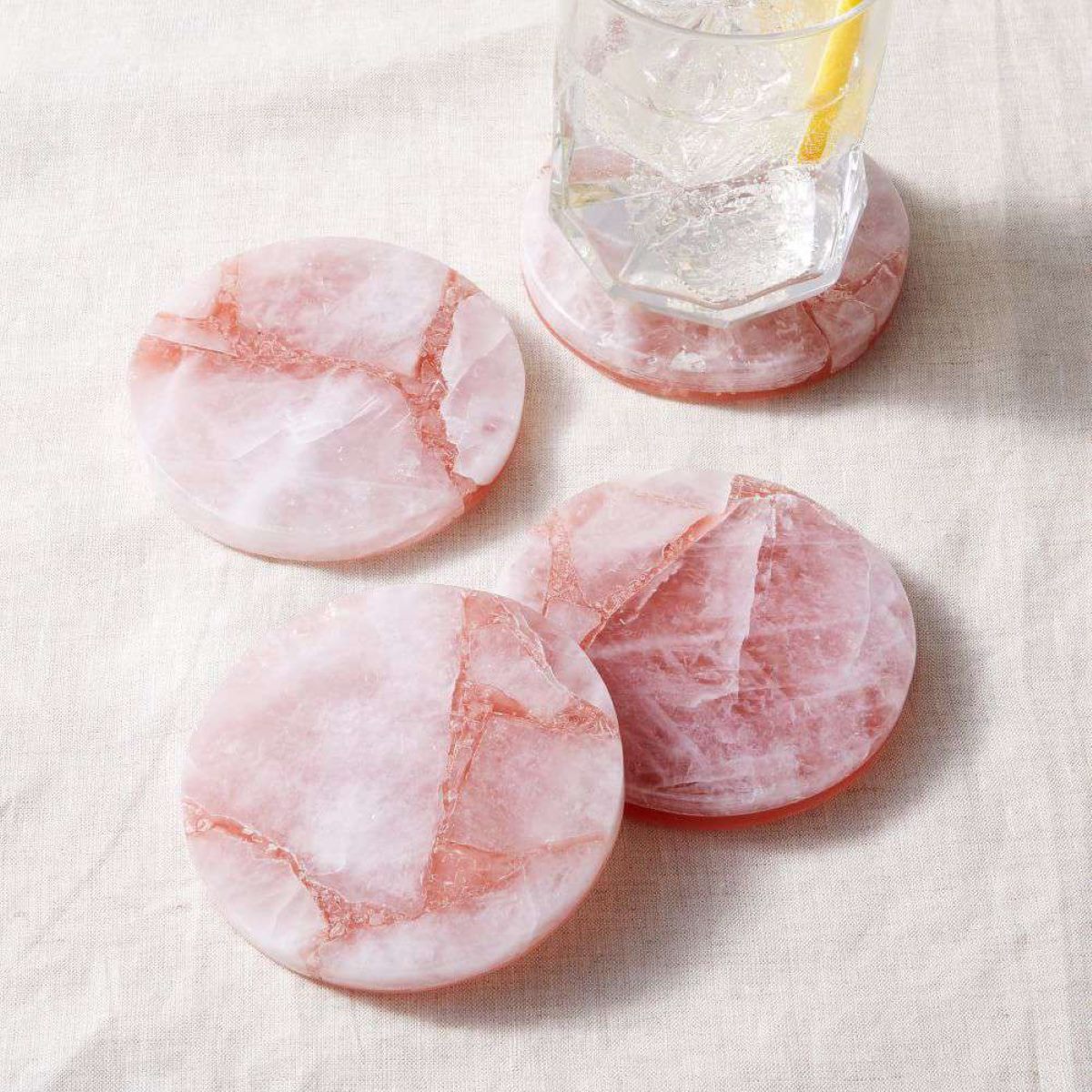

Tableware
How To Stop Coasters From Sticking
Modified: January 9, 2024
Learn effective ways to prevent your tableware coasters from sticking. Discover simple tricks and solutions to keep your table surfaces clean and protected.
(Many of the links in this article redirect to a specific reviewed product. Your purchase of these products through affiliate links helps to generate commission for Storables.com, at no extra cost. Learn more)
Introduction
When it comes to setting the table for a meal or enjoying a relaxing drink, coasters play a vital role in protecting your furniture from unsightly water rings and heat damage. However, many of us have experienced the irritating issue of coasters sticking to the bottom of our cups or glasses. Not only does this make it difficult to lift and place the drink back down, but it also leaves a sticky residue on the coaster and can even cause it to tear or warp over time.
In this article, we will explore the reasons why coasters stick and provide you with effective methods to prevent this problem from occurring. Whether you are a tableware enthusiast or simply someone who wants to enjoy a drink without the hassle of sticky coasters, these tips and tricks will come in handy.
So, let’s dive in and discover how to stop coasters from sticking for a seamless and enjoyable table setting experience.
Key Takeaways:
- Say goodbye to sticky coasters by choosing non-stick materials like silicone, cork, or felt. Keep your table setting hassle-free and stylish with these practical solutions.
- Prevent coasters from sticking by applying a thin layer of wax or oil, using anti-stick pads, or minimizing condensation build-up. Enjoy worry-free beverages and protect your furniture with these clever methods.
Why Coasters Stick
Before we delve into the solutions, it’s important to understand why coasters stick in the first place. The main culprit behind this issue is surface tension. Surface tension is a property of water and other liquids that causes them to form droplets and resist external forces.
When you place a coaster on a surface, such as a wood table or glass countertop, and then place a drink on top of it, the liquid inside the glass creates a thin layer of moisture on the coaster’s surface. This moisture, combined with the surface tension of the liquid, causes the coaster to adhere to the bottom of the glass or cup. This can be particularly problematic when condensation forms on the outside of a cold drink, creating even more moisture on the coaster.
Another reason why coasters may stick is the material used in their construction. Some coaster materials, such as rubber or certain types of plastics, have a stickier surface that is more prone to adhering to glass or ceramic. This can exacerbate the problem of coasters sticking and make it more difficult to lift the drink without causing spills or damage to the coaster itself.
Now that we understand why coasters stick, let’s explore some effective methods to prevent this issue and enjoy worry-free beverages.
Understanding Surface Tension
Surface tension refers to the phenomenon where the surface of a liquid, such as water, behaves like a stretched elastic sheet. This property is a result of the cohesive forces between liquid molecules. Surface tension is responsible for many interesting behaviors of liquids, including the formation of droplets, capillary action, and, in the case of coasters, sticking.
The surface tension of water is particularly strong, which is why water droplets can form perfect spheres. When you place a coaster on a surface and put a drink on top of it, the liquid inside the glass spreads out and creates a thin layer of moisture on the coaster’s surface. This moisture interacts with the coaster’s material and the cohesive forces between the liquid molecules, leading to the coaster sticking to the bottom of the glass.
To mitigate surface tension, there are a few strategies you can employ. One option is to choose a coaster material that is less prone to sticking. Materials like silicone or cork have smoother surfaces and are less likely to adhere to the glass. Additionally, you can treat the coaster’s surface with substances that reduce surface tension, such as a thin layer of wax or oil.
Understanding the science behind surface tension can help you make informed decisions when it comes to selecting coasters and employing methods to prevent sticking. By employing the right techniques and materials, you can ensure that your coasters serve their purpose without any hassle or frustration.
Materials Needed
Before we dive into the methods to prevent coasters from sticking, it’s important to gather the necessary materials. Depending on the method you choose, you may need some or all of the following materials:
- Silicon Coasters: If you decide to use silicon coasters, ensure you have an adequate number of them to place under your glasses or cups.
- Cork Coasters: If you opt for cork coasters, ensure you have enough of them to cover the desired surface area.
- Felt Coasters: Felt coasters are another option to prevent sticking. Make sure you have enough felt coasters to place under your beverages.
- Coaster Holder: If you prefer a more organized approach, consider purchasing a coaster holder to keep your coasters neatly stacked and easily accessible.
- Wax or Oil: To create a thin layer on the coaster’s surface and reduce surface tension, you’ll need wax or oil. Be sure to choose a food-safe option.
- Anti-Stick Pads: Anti-stick pads, such as those used for furniture, can be helpful in preventing coasters from sticking to surfaces.
- Clean Cloth: Having a clean cloth on hand will help in applying wax or oil to the coaster’s surface or removing any residual stickiness.
These materials are essential for implementing the various methods we will explore to prevent coasters from sticking. Once you have these supplies ready, you can proceed with the method that best suits your preferences and needs.
Methods to Prevent Coasters from Sticking
Now that we have gathered the necessary materials, let’s explore some effective methods to prevent coasters from sticking and enjoy a hassle-free dining or beverage experience:
- Silicon Coasters: Silicon coasters are known for their non-stick properties. The smooth surface of silicon makes it less likely to adhere to glasses and cups. Simply place silicon coasters under your beverages, and you can enjoy your drinks without worrying about sticking.
- Cork Coasters: Cork is another material that is less prone to sticking. Cork coasters have a natural texture and provide a good grip to prevent sticking. Place cork coasters under your glasses or cups, and you’ll have a reliable solution to avoid the annoyance of sticking.
- Felt Coasters: Felt coasters are soft and have a slightly fuzzy texture, making them resistant to sticking. Their absorbent nature helps in preventing the formation of excessive moisture. Use felt coasters under your beverages to keep them in place without any sticking issues.
- Using a Coaster Holder: If you want a neat and organized solution, consider investing in a coaster holder. A coaster holder provides a designated spot for your coasters when not in use, preventing them from sticking to surfaces and ensuring easy access when needed.
- Applying a Thin Layer of Wax or Oil: Another effective method is to apply a thin layer of wax or oil to the coaster’s surface. This reduces surface tension and makes it less likely for the coaster to stick to the bottom of your glass or cup. Use a clean cloth to evenly apply a small amount of food-safe wax or oil, and allow it to dry before using the coaster.
- Adding Anti-Stick Pads: Anti-stick pads, typically used for furniture, can also be used to prevent coasters from sticking. Attach small anti-stick pads to the bottom of your coasters, and they will create a barrier between the coaster and the surface, minimizing any potential sticking.
- Avoiding Condensation Build-up: Condensation is a common cause of coasters sticking. To minimize condensation, use insulated drinkware or place a coaster beneath your drink to absorb any excess moisture. Additionally, avoid placing cold glasses or cups directly on warm surfaces, as the temperature difference can lead to condensation formation.
By implementing these methods, you can effectively prevent coasters from sticking and enjoy a worry-free and enjoyable table setting experience.
Read more: How To Make Coasters From Records
Silicon Coasters
Silicon coasters are a popular choice when it comes to preventing coasters from sticking. The smooth and non-stick surface of silicon makes it an ideal material for coasters. Here’s how you can use silicon coasters to avoid stickiness:
- First, ensure that you have an adequate number of silicon coasters to accommodate your drinks. Depending on the size of your table setting, you may need multiple coasters.
- Place a silicon coaster under each glass or cup, ensuring that the smooth surface is facing upwards.
- The smoothness of silicon reduces the contact area between the coaster and the bottom of the glass or cup, minimizing the chances of sticking.
- With silicon coasters, you can easily lift and replace your glass or cup without any resistance or residue left on the coaster.
- Additionally, silicon coasters are durable, heat-resistant, and easy to clean, making them a practical choice for preventing sticking and protecting your furniture.
Whether you’re enjoying a refreshing beverage or hosting a dinner party, silicon coasters provide a reliable solution to keep your table setting free from sticky situations.
Cork Coasters
Cork coasters are another excellent option to prevent coasters from sticking. The natural texture and properties of cork make it an effective anti-stick material. Here’s how you can use cork coasters to avoid sticking:
- Gather enough cork coasters to accommodate the number of glasses or cups you will be using. Ensure that the coasters are clean and dry before use.
- Place a cork coaster under each glass or cup with the textured surface facing upwards.
- The slightly rough texture of cork provides a good grip and prevents sticking to the bottom of the glass or cup.
- Cork coasters also have the added benefit of being absorbent, helping to reduce moisture and condensation build-up on the coaster’s surface.
- These coasters are lightweight, eco-friendly, and visually appealing, making them a great choice for both casual and formal table settings.
- After use, simply wipe the cork coasters clean with a damp cloth and allow them to air dry. This helps to maintain their effectiveness and prolong their lifespan.
With cork coasters, you can enjoy your drinks without any worries of sticking, while also adding a natural and stylish touch to your table setting.
To prevent coasters from sticking to the bottom of your glass, try placing a small piece of felt or cork on the bottom of the coaster to create a barrier between the coaster and the condensation on the glass.
Felt Coasters
Felt coasters are a practical and effective option for preventing coasters from sticking. The soft and slightly fuzzy texture of felt provides a good grip and reduces the likelihood of sticking. Here’s how you can use felt coasters to avoid sticking:
- Ensure that you have an adequate number of felt coasters to accommodate your glasses or cups. Felt coasters are available in various sizes and shapes to suit your needs.
- Place a felt coaster under each glass or cup, making sure the fuzzy surface is facing upwards.
- The softness and texture of the felt coaster create friction between the coaster and the bottom of the glass or cup, preventing sticking.
- Felt coasters also have the advantage of being absorbent, helping to absorb moisture and condensation from the bottom of the glass.
- These coasters are lightweight, easy to clean, and offer a cozy and warm aesthetic to your table setting.
- After use, gently wipe the coaster with a damp cloth, and allow it to air dry. This will remove any moisture and maintain the effectiveness of the felt coaster.
By using felt coasters, you can enjoy your drinks without any concerns about sticking, while adding a touch of comfort and charm to your table decor.
Using a Coaster Holder
A coaster holder is a convenient and organized solution to prevent coasters from sticking and keep them easily accessible. Here’s how you can use a coaster holder to avoid the hassle of sticking coasters:
- Purchase a coaster holder that matches your style and accommodates the size and number of coasters you have.
- Place the coaster holder in a central location on your table or countertop for easy access.
- When not in use, stack your coasters neatly in the holder. This prevents them from sticking to surfaces and keeps them protected.
- When you or your guests need a coaster, simply pull one out from the holder and place it under the glass or cup.
- After use, return the coaster to the holder for future use.
- A coaster holder not only prevents sticking but also adds a decorative element to your table setting, keeping your coasters organized and within reach.
- Ensure to clean the coaster holder regularly to maintain its cleanliness and appearance.
A coaster holder is a practical and stylish solution that enhances the functionality of your coasters while keeping your table setting neat and well-organized.
Applying a Thin Layer of Wax or Oil
Applying a thin layer of wax or oil to the surface of your coasters can effectively prevent sticking by reducing surface tension. Here’s how you can use wax or oil to avoid coasters from sticking:
- Choose a food-safe wax or oil suitable for the type of coaster material you have. Common options include mineral oil, beeswax, or coconut oil.
- Ensure that your coaster surfaces are clean and dry before application.
- Using a clean cloth, apply a small amount of wax or oil to the surface of each coaster. Spread it in a thin, even layer, making sure to cover the entire surface.
- Allow the wax or oil to dry and penetrate the coaster material. Follow the manufacturer’s instructions for drying time, if available.
- The wax or oil creates a barrier between the coaster and the bottom of the glass or cup, reducing surface tension and preventing sticking.
- Reapply the wax or oil periodically as needed, especially after cleaning the coasters.
- Be cautious not to apply excessive wax or oil, as it may leave a greasy residue on the bottom of your drinkware.
- Regularly clean the coasters with mild soap and water, taking care to remove any build-up of wax or oil to maintain their effectiveness.
By applying a thin layer of wax or oil to your coasters, you can create a smooth and non-stick surface that ensures a hassle-free experience and protects your furniture.
Adding Anti-Stick Pads
Adding anti-stick pads to the bottom of your coasters can provide an effective solution to prevent them from sticking to surfaces. Here’s how you can use anti-stick pads to avoid coasters from sticking:
- Purchase small anti-stick pads, commonly used for furniture, from a hardware or home improvement store.
- Ensure that your coaster bottoms are clean and dry before applying the anti-stick pads.
- Remove the backing from the anti-stick pads and carefully adhere them to the bottom of each coaster.
- Press firmly to make sure the pads adhere securely and evenly to the coaster surface.
- The anti-stick pads act as a barrier between the coaster and the surface, preventing sticking and minimizing any potential residue transfer.
- Inspect and replace the anti-stick pads periodically to maintain their effectiveness.
- While using anti-stick pads, be mindful of any additional height they add to the coasters, as it may affect the stability of delicate or tall drinkware.
- Regularly clean the coasters and the anti-stick pads to ensure optimal performance.
By adding anti-stick pads to your coasters, you can create a protective buffer between the coaster and the surface, preventing sticking and preserving your furniture’s integrity.
Avoiding Condensation Build-up
Condensation is a common cause of coasters sticking. By taking some preventive measures, you can minimize condensation build-up and reduce the likelihood of sticky coasters. Here’s how you can avoid condensation build-up:
- Use insulated drinkware: Insulated glasses or cups help to regulate the temperature of your beverages, reducing the occurrence of condensation on the outside of the drinkware.
- Place a coaster beneath your drink: Placing a coaster under your glass or cup can help absorb any condensation that forms. This prevents excessive moisture from coming into contact with the coaster and reduces the chances of sticking.
- Avoid temperature extremes: Avoid placing cold glasses or cups directly on warm surfaces, and vice versa. Sudden temperature changes can cause rapid condensation formation, leading to more moisture on the coaster.
- Wipe the outside of your drinkware: Periodically wipe the outside of your glass or cup with a clean cloth to remove any condensation that has formed. This helps to minimize moisture transfer to the coaster.
- Allow cold drinkware to warm up: If you have cold drinkware that has been in the refrigerator, allow it to sit at room temperature for a few minutes before placing it on a surface. This helps to reduce the temperature difference and subsequent condensation formation.
By implementing these preventive measures, you can significantly reduce the amount of condensation on your drinkware, minimizing the chances of sticky coasters and preserving your furniture’s condition.
Conclusion
Coasters are essential tableware accessories that protect our furniture from water damage and heat marks. However, dealing with sticky coasters can be a frustrating experience. Fortunately, by understanding the reasons behind sticking and implementing the right methods, you can prevent this pesky issue.
We explored various methods to prevent coasters from sticking, including using silicon coasters, cork coasters, felt coasters, coaster holders, applying a thin layer of wax or oil, adding anti-stick pads, and avoiding condensation build-up. Each method offers its unique advantages and can be tailored to suit your personal preferences and needs.
Silicon coasters provide a smooth, non-stick surface, while cork coasters offer a natural texture that prevents sticking. Felt coasters provide a soft and absorbent solution, while coaster holders keep your coasters organized and readily available. Applying a thin layer of wax or oil reduces surface tension, and anti-stick pads create a buffer between the coaster and the surface. Lastly, taking steps to minimize condensation build-up helps prevent moisture transfer and stickiness.
By implementing these methods, you can enjoy a hassle-free table setting experience, free from the annoyance of sticky coasters. Remember to choose the method that best suits your personal preferences and tableware aesthetic, and regularly clean and maintain your coasters to ensure their longevity and effectiveness.
So, the next time you set the table or enjoy a refreshing beverage, rest assured that your coasters will stay in place, protecting your furniture without any sticky situations!
Frequently Asked Questions about How To Stop Coasters From Sticking
Was this page helpful?
At Storables.com, we guarantee accurate and reliable information. Our content, validated by Expert Board Contributors, is crafted following stringent Editorial Policies. We're committed to providing you with well-researched, expert-backed insights for all your informational needs.
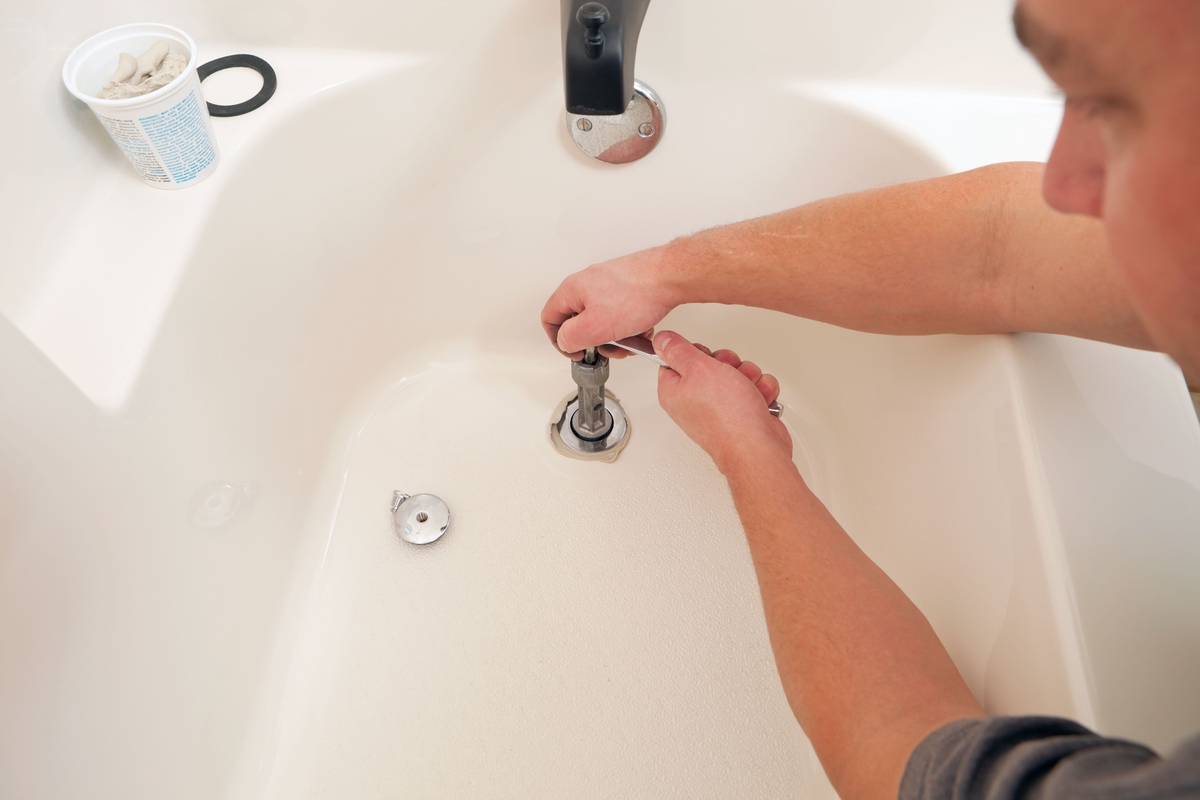
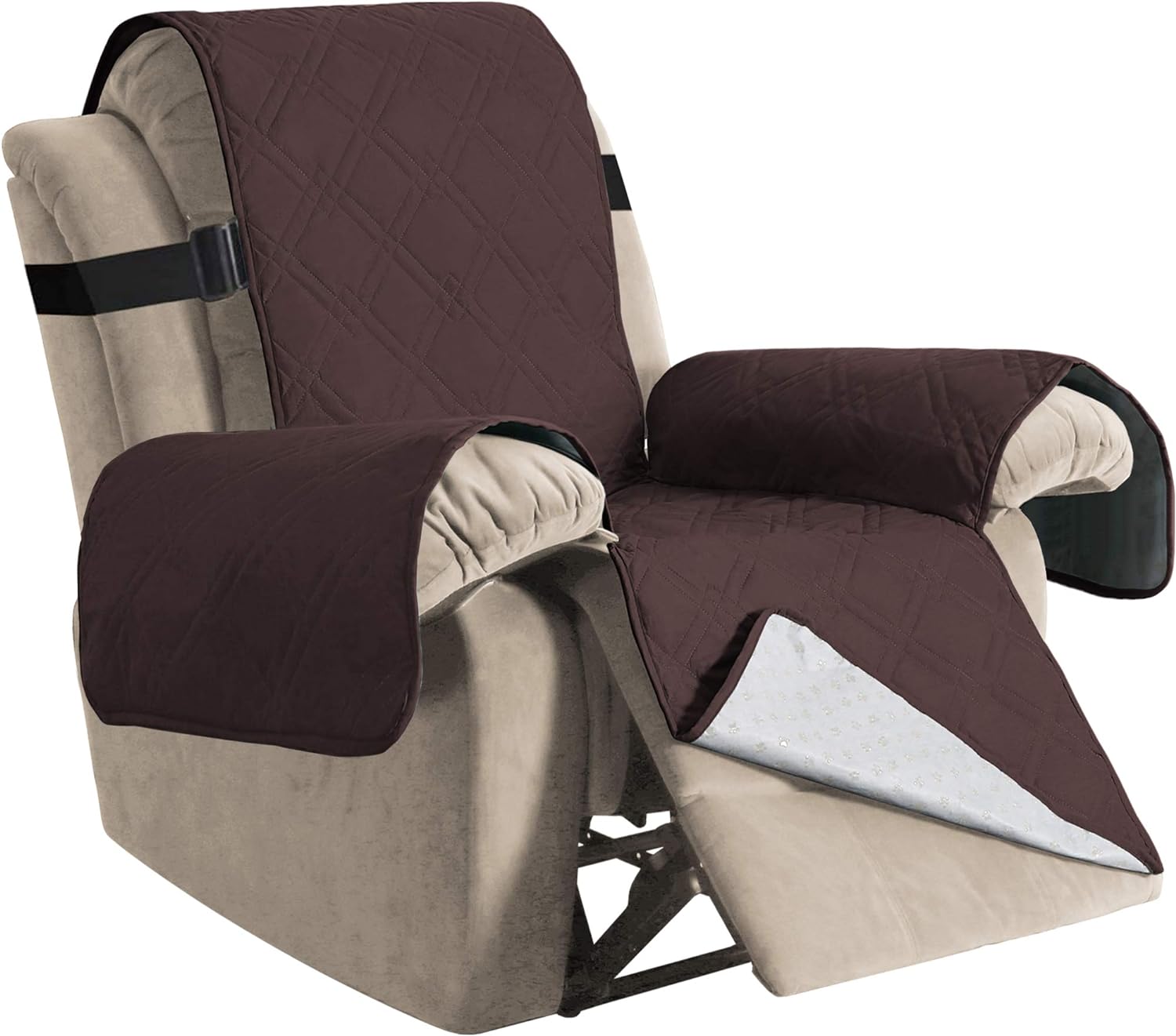
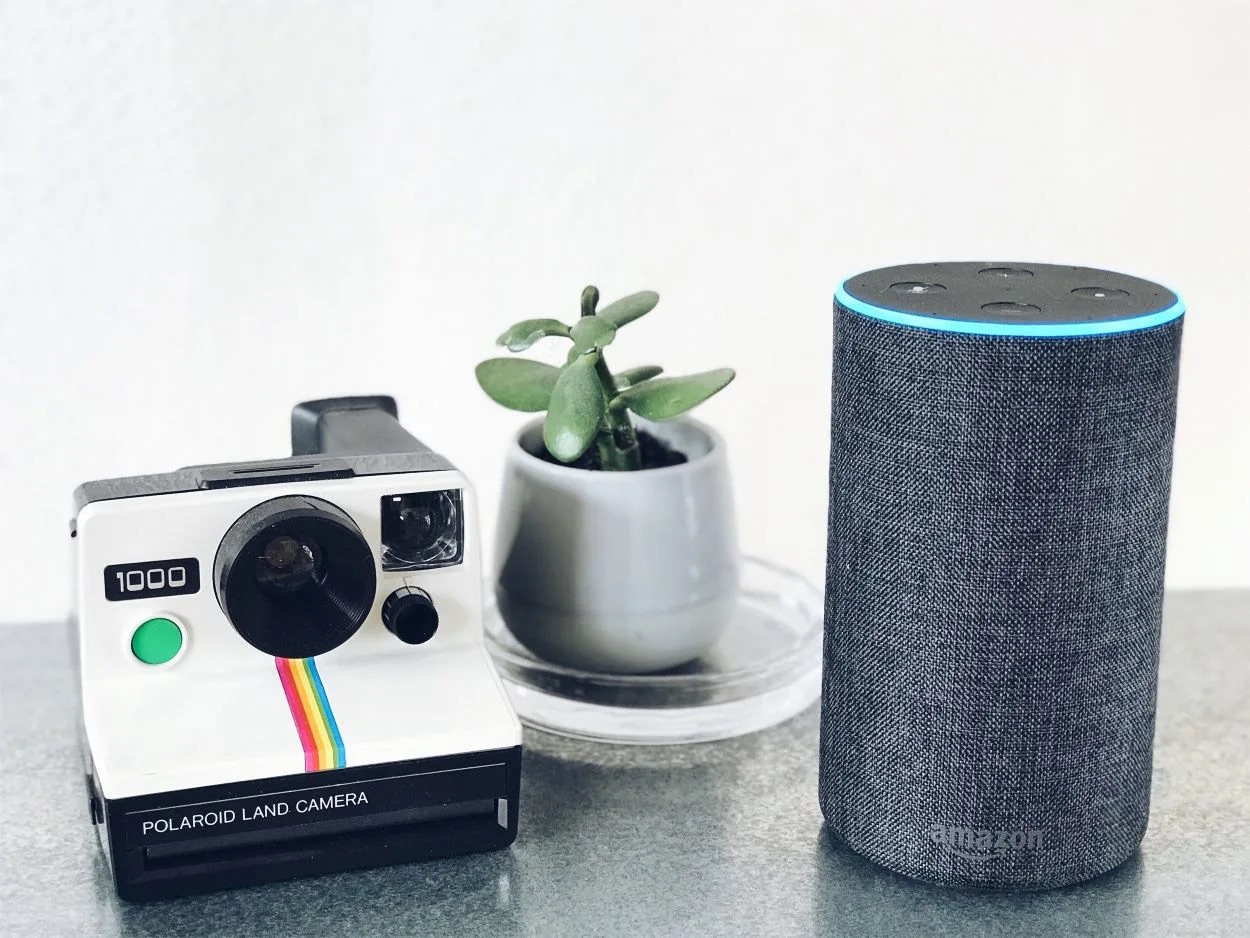
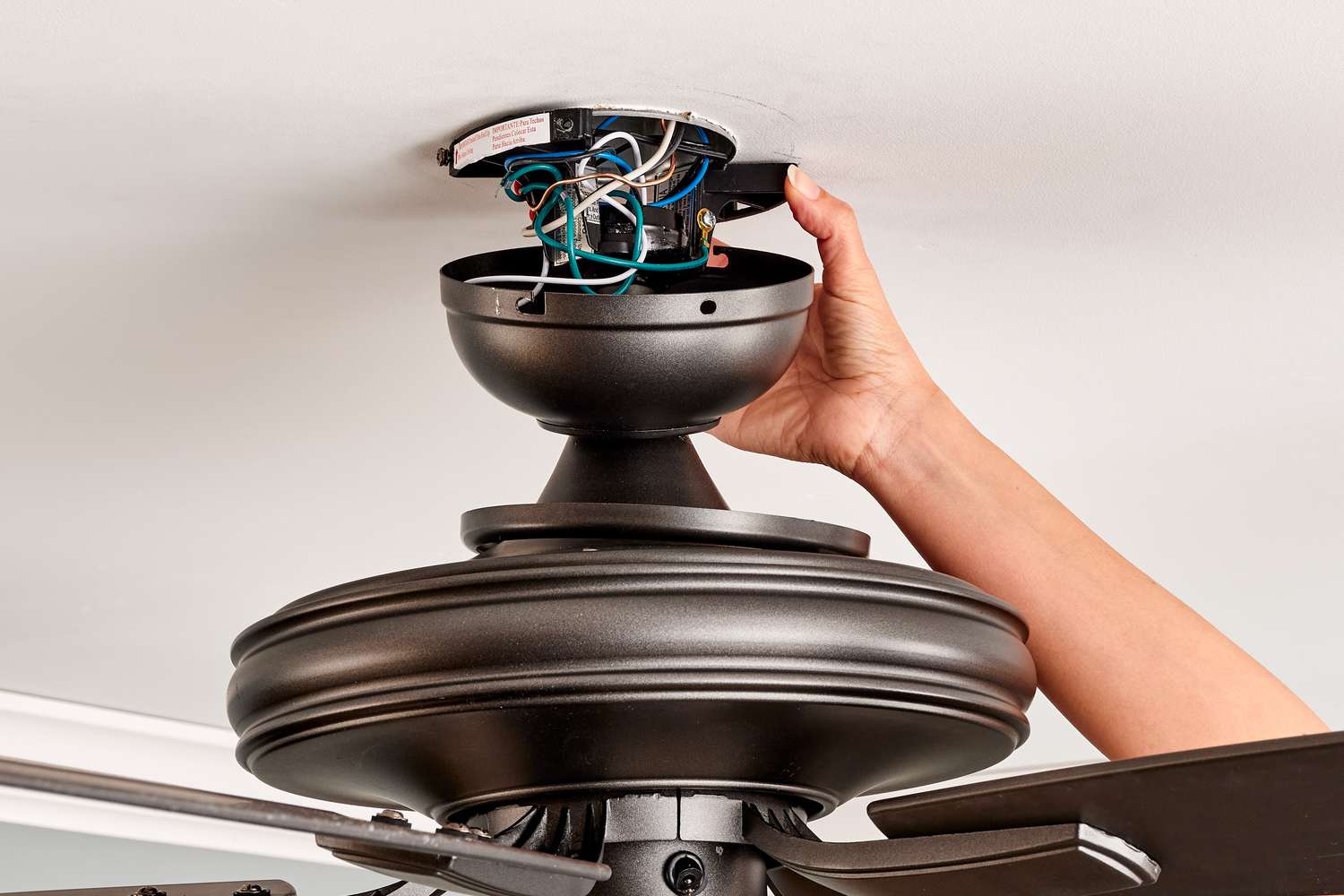
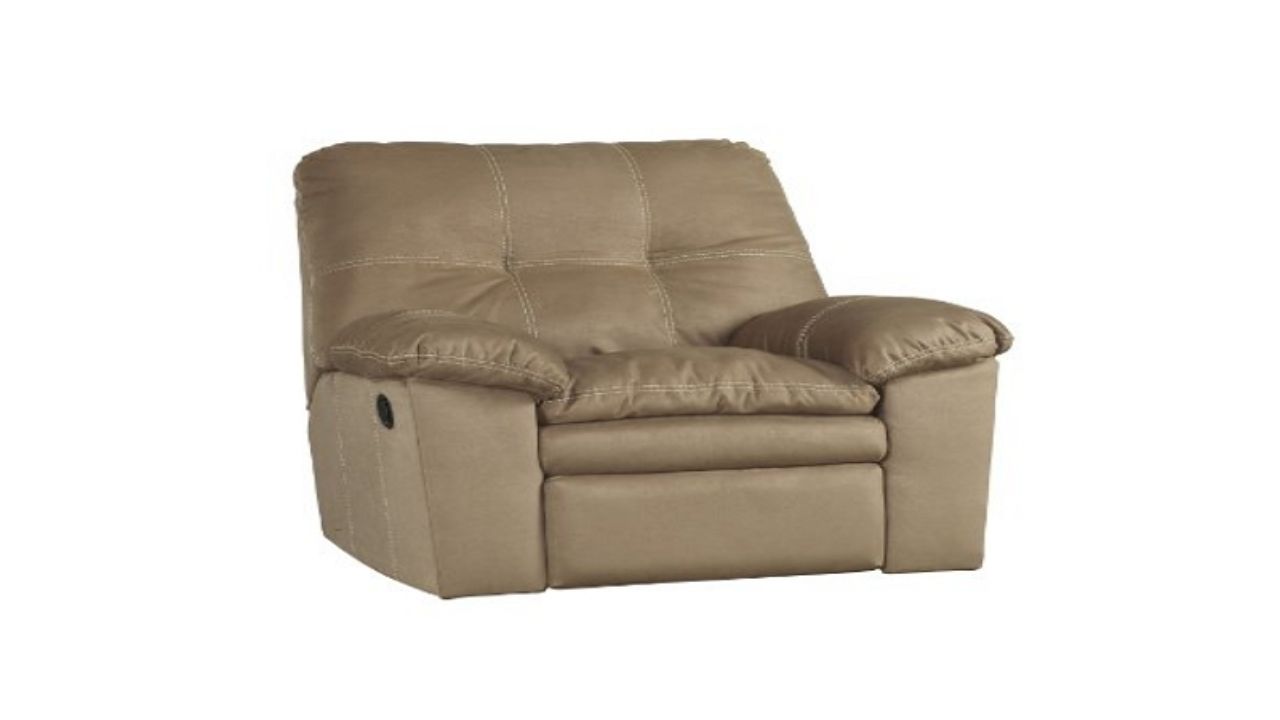
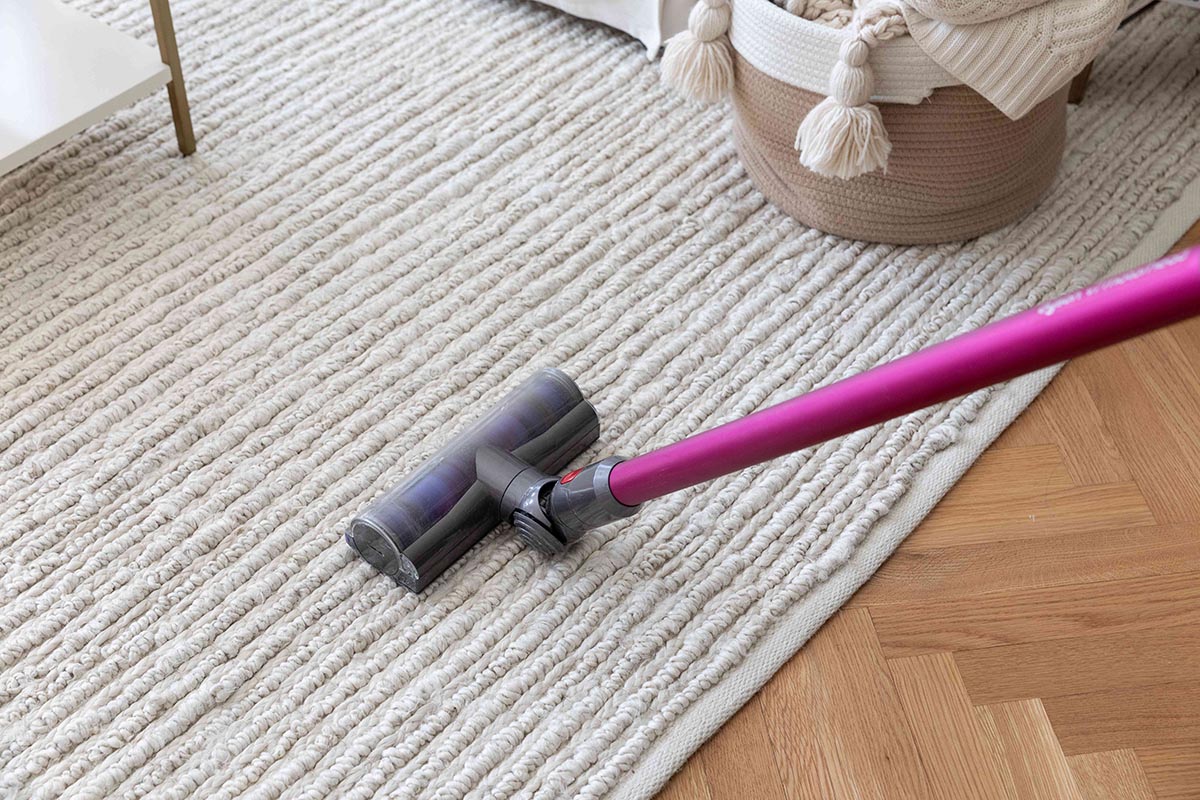
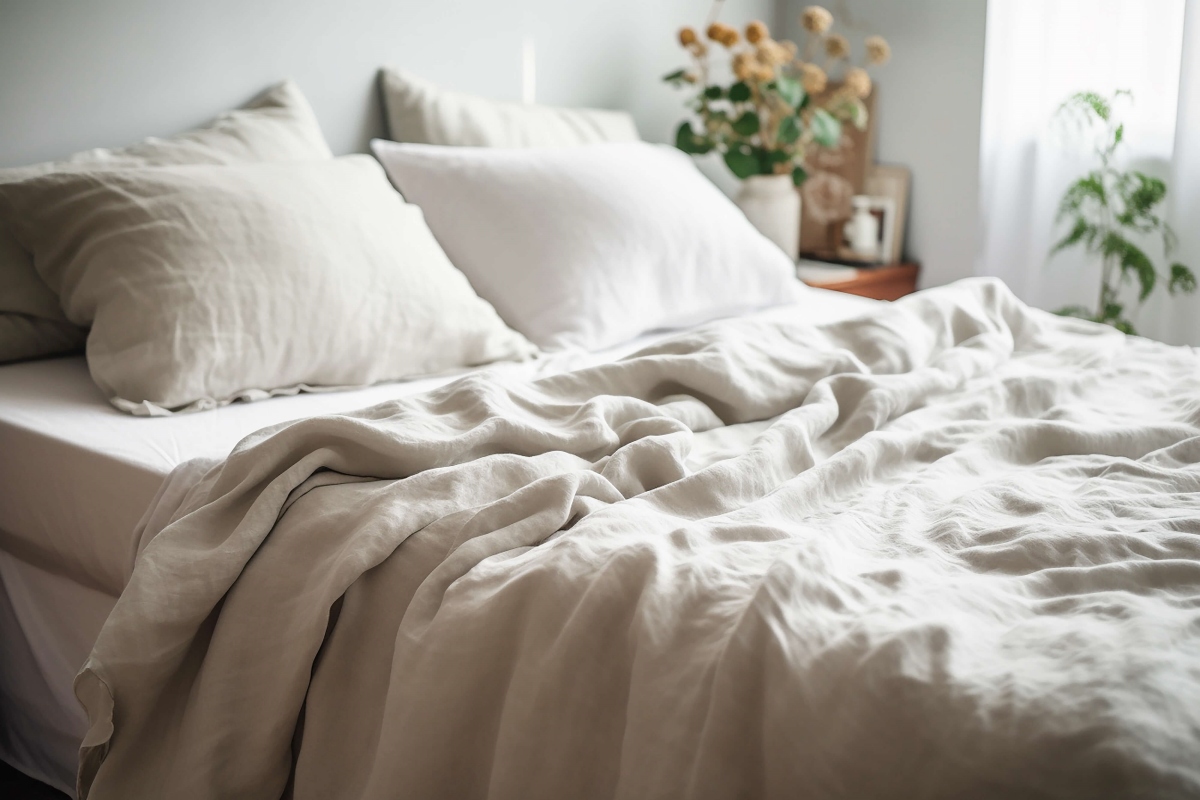
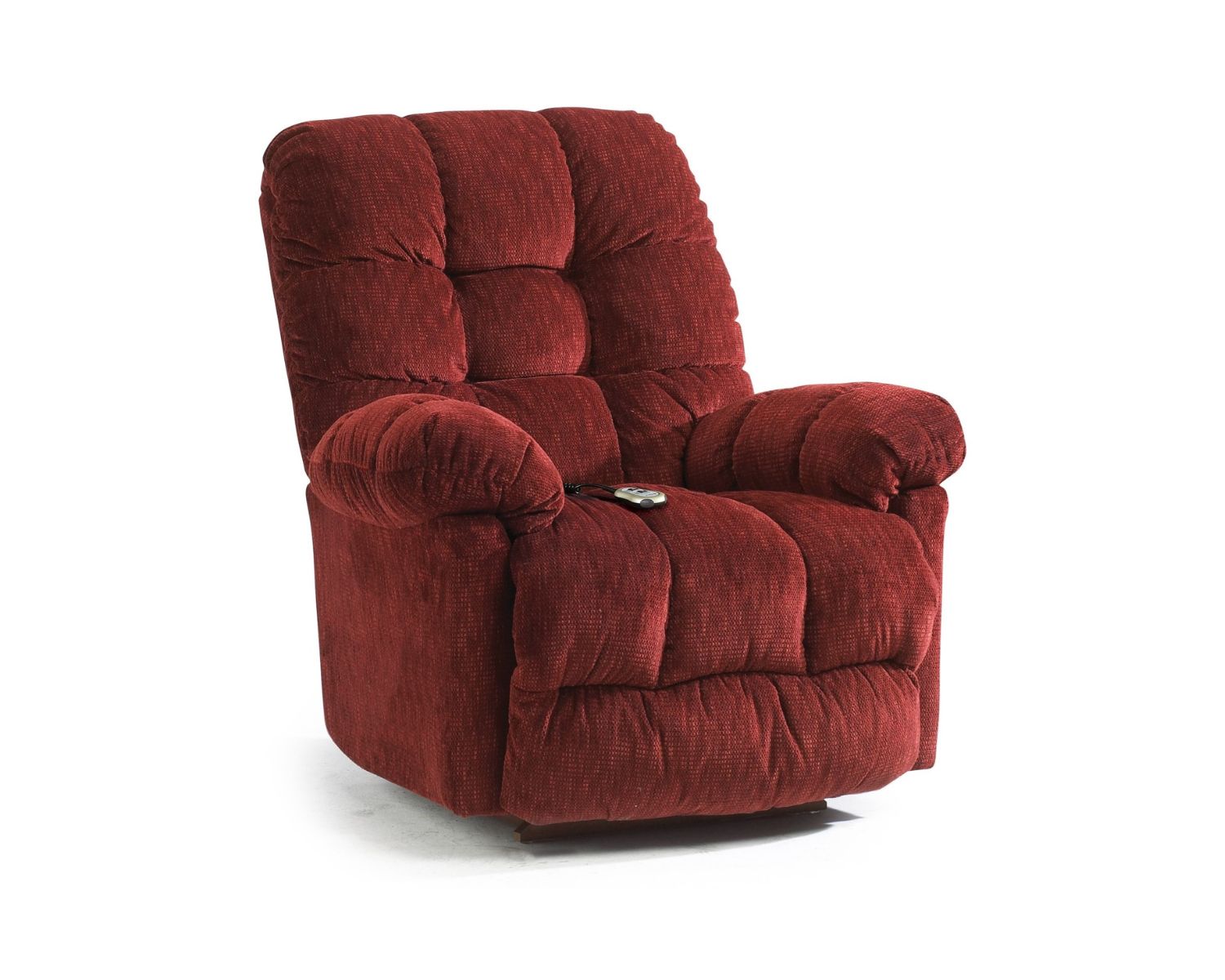

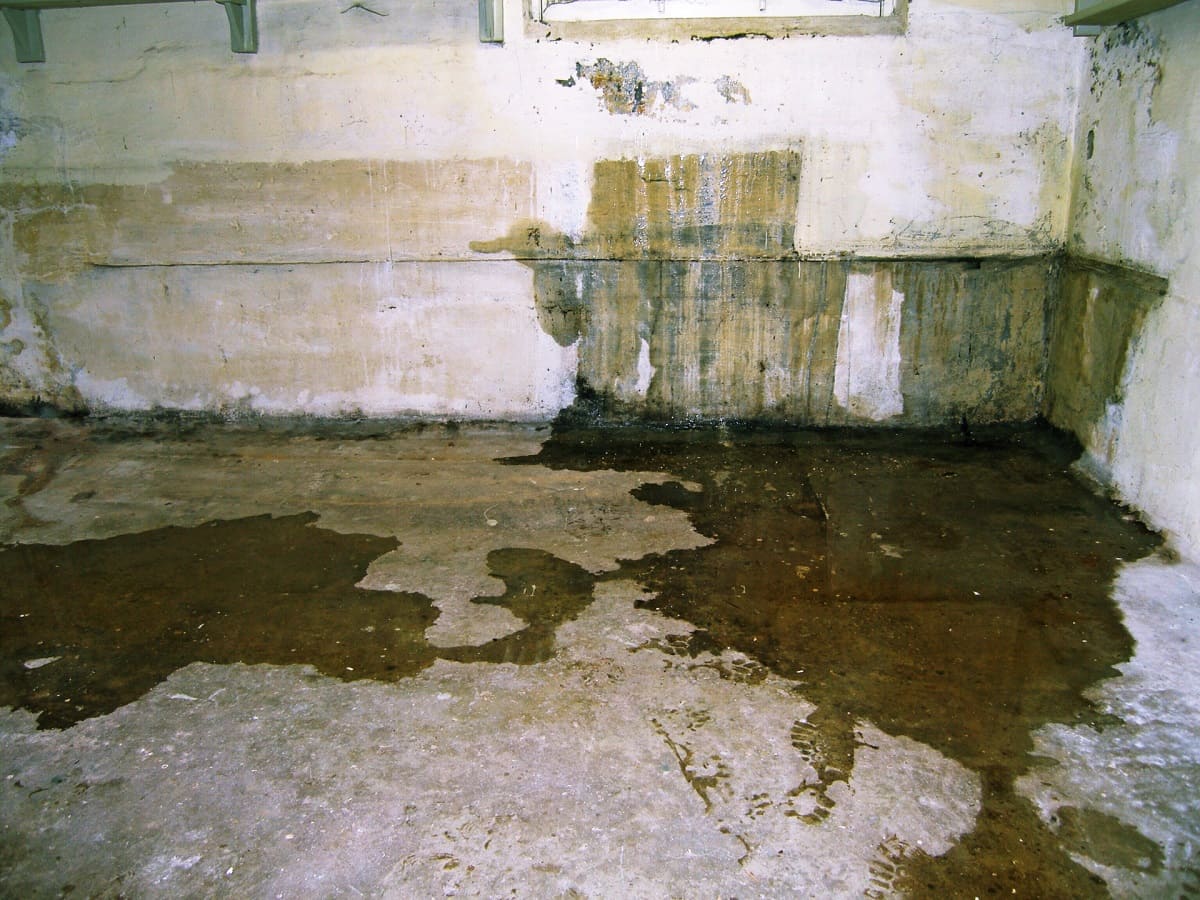

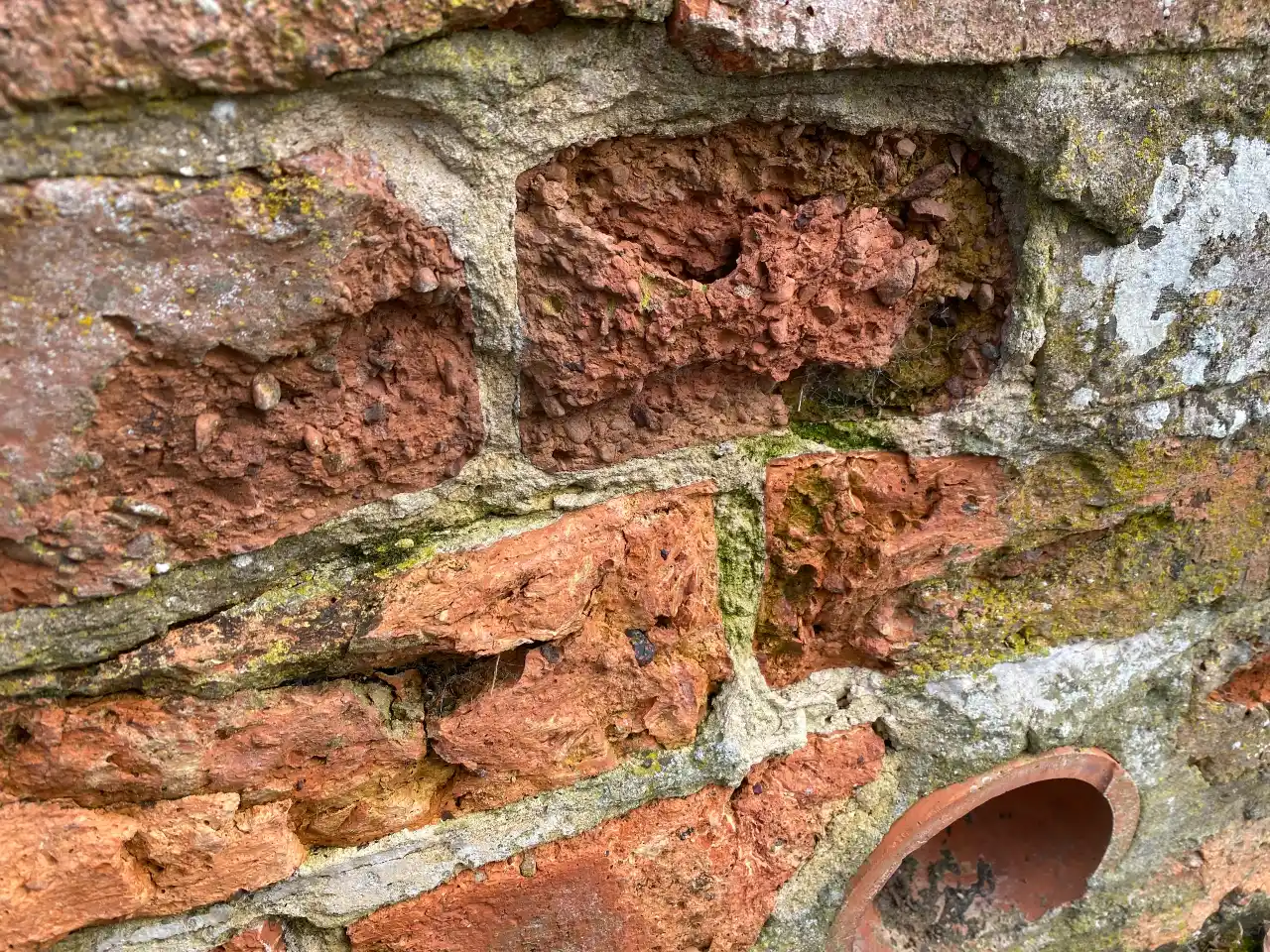
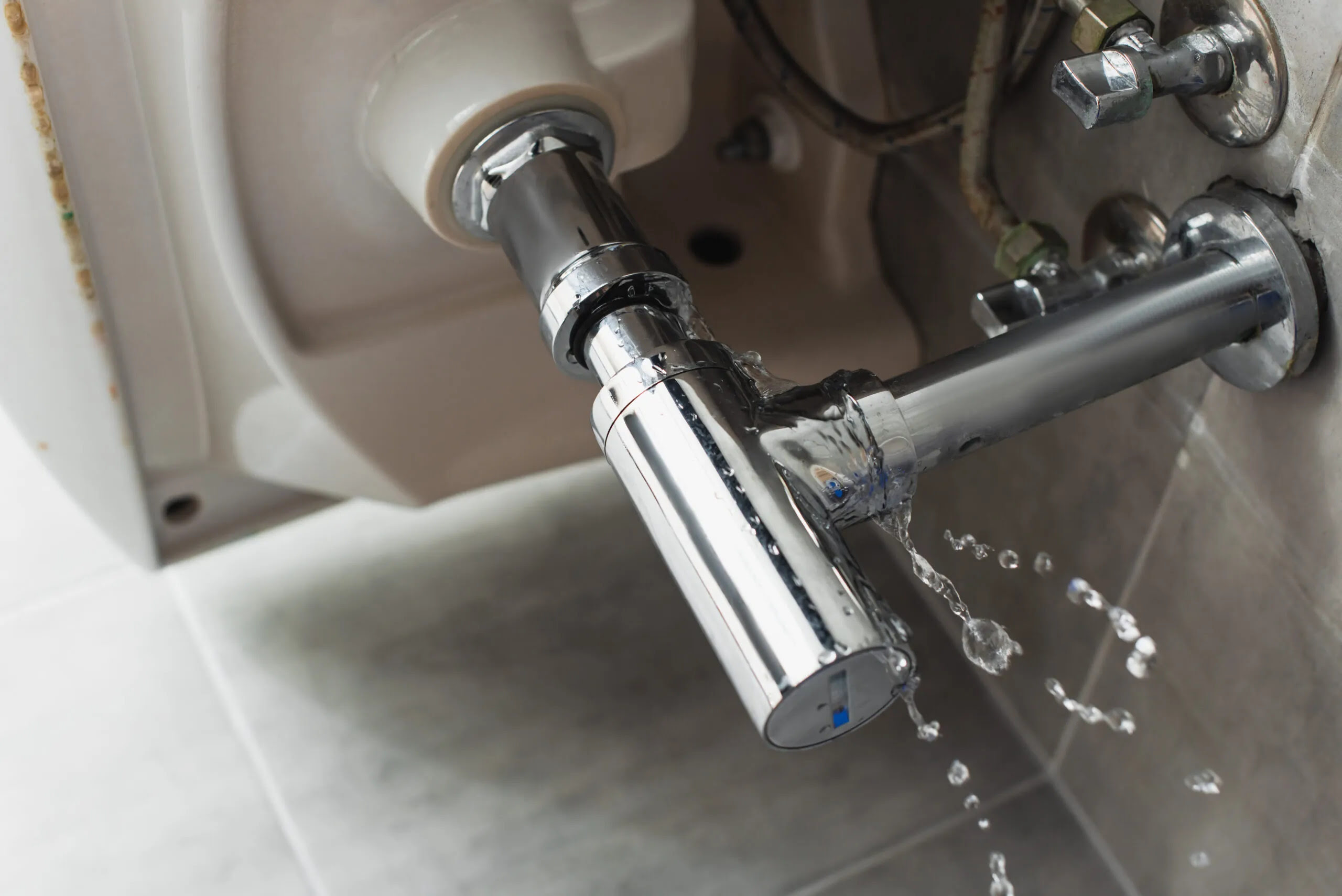

0 thoughts on “How To Stop Coasters From Sticking”